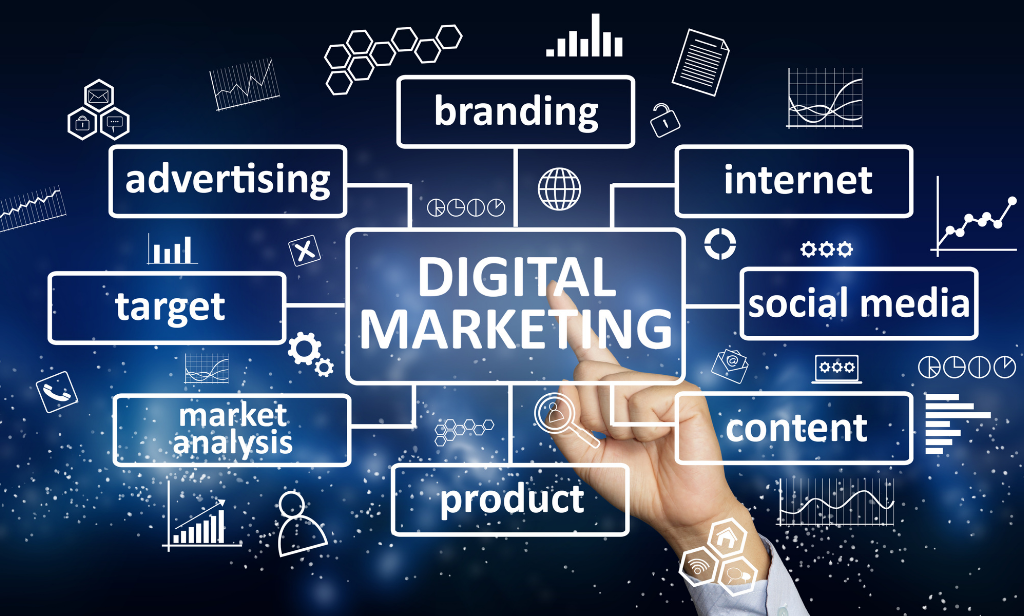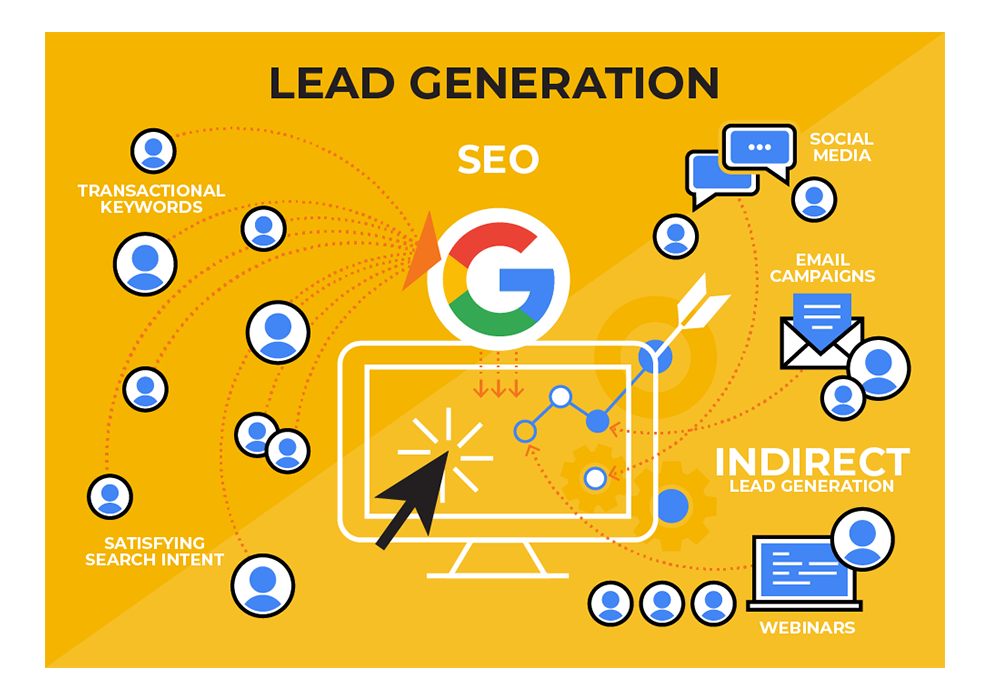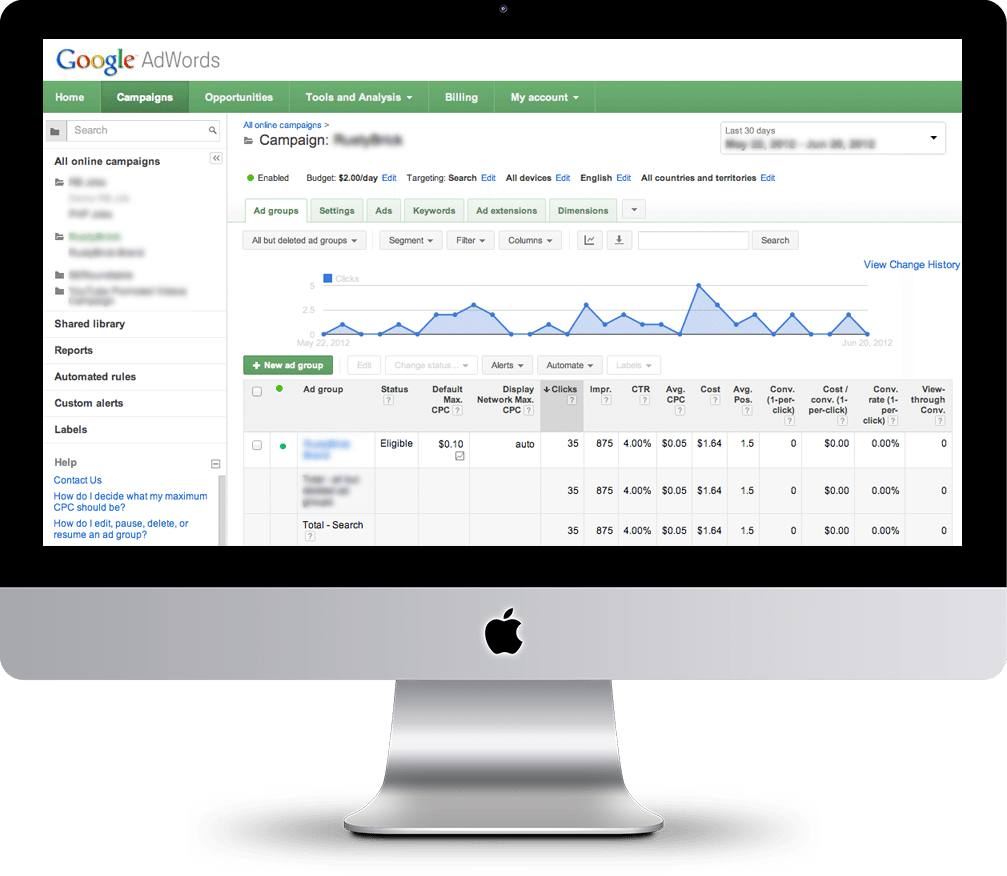
Ecommerce Development
SAE Creatives Ecommerce Development Process
Define the project scope and goals: The first step is to define the scope of the project and its goals. This includes identifying the target audience, understanding their needs and expectations, and defining the desired outcomes of the project.
Conduct research and analysis: The next step is to conduct research and analysis to gather information about the industry, competition, and users. This can include user surveys, interviews, and analytics.
Create a sitemap and wireframes: A sitemap and wireframes are visual representations of the ecommerce site’s layout and functionality. These can help to refine the design and identify any usability issues.
Design the visual interface: Once the wireframes are finalized, the next step is to design the visual interface. This includes creating the color scheme, typography, and other visual elements of the ecommerce site.
Develop the ecommerce site: The ecommerce development process involves coding the site’s functionality, integrating the design elements, and testing the site for bugs and errors.
Add products and content: Once the ecommerce site is developed, the next step is to add products and content. This includes creating product descriptions, images, and other content.
Configure payment gateways and shipping options: The next step is to configure payment gateways and shipping options. This includes setting up payment processing systems and integrating shipping carriers.
Test and refine: Once the ecommerce site is developed and configured, it’s important to test it thoroughly and refine it based on user feedback. This can include user testing, A/B testing, and analytics.
Launch and maintain: The final step is to launch the ecommerce site and maintain it over time. This includes monitoring its performance, making updates and improvements, and providing customer support.
Ecommerce Business Development
Yes, ecommerce is a multi-billion dollar industry and continues to grow at a rapid pace. In 2021, global ecommerce sales were estimated to reach $4.9 trillion, and it is projected to reach $6.4 trillion by 2024, according to Statista. The COVID-19 pandemic has also accelerated the growth of ecommerce as more consumers turned to online shopping due to lockdowns and social distancing measures.
The growth of ecommerce can be attributed to several factors, including the increasing adoption of smartphones and mobile devices, the convenience of online shopping, the availability of a wide range of products, and the ability to shop from anywhere at any time. Additionally, advances in technology, such as artificial intelligence and machine learning, are helping to personalize the shopping experience and improve the efficiency of ecommerce operations.
As the ecommerce industry continues to grow, businesses are investing in ecommerce solutions to stay competitive and reach more customers. This includes building user-friendly ecommerce websites and mobile apps, implementing efficient order fulfillment and shipping processes, and offering a variety of payment options to customers. Overall, the ecommerce industry is poised for continued growth and presents significant opportunities for businesses to expand their reach and revenue.

Lead Generation
We can quickly and cheaply enter new markets for you thanks to our regional teams and wide network.

Paid Search (PPC)
PPC is a very cost-effective way to advertise on both websites and search engines.

Search engine optimization
gaining organic search visibility for your website.

Design and development of websites
Affordable website development costs. Custom websites created by SEO experts.

Email Marketing
Focus on niche-specific directories, interlinking, and backend services. Email is a terrific way to connect with customers who are already familiar with your company, brand, and offerings

Management of Google Ad Grants
Increase online donations, draw more people to your charity events, and get more ROE.

Blog Writing
Blogging refers to writing, photography, and other media that's self-published online. Blogging started as an opportunity for individuals to write diary-style entries, but it has since been incorporated into websites for many businesses.

Article Writing
Article is a written work published in a print/electronic medium. It may be for the purpose of delivering news, researching results, academic analysis, or debate. Usually, an article is a piece of writing that is published in a newspaper or Magazine for guiding a large audience on a particular topic or subject.

Social Media writing
Social media content writing is the process of writing content for social media audiences, usually across multiple major social media platforms. It can include writing short captions for TikToK or Instagram Reels, long-form LinkedIn articles, and everything in between
Services at Ease
Let's Collaborate
No one understands your business better than you, which is why the work we do with our clients is collaborative. Contact Us.
